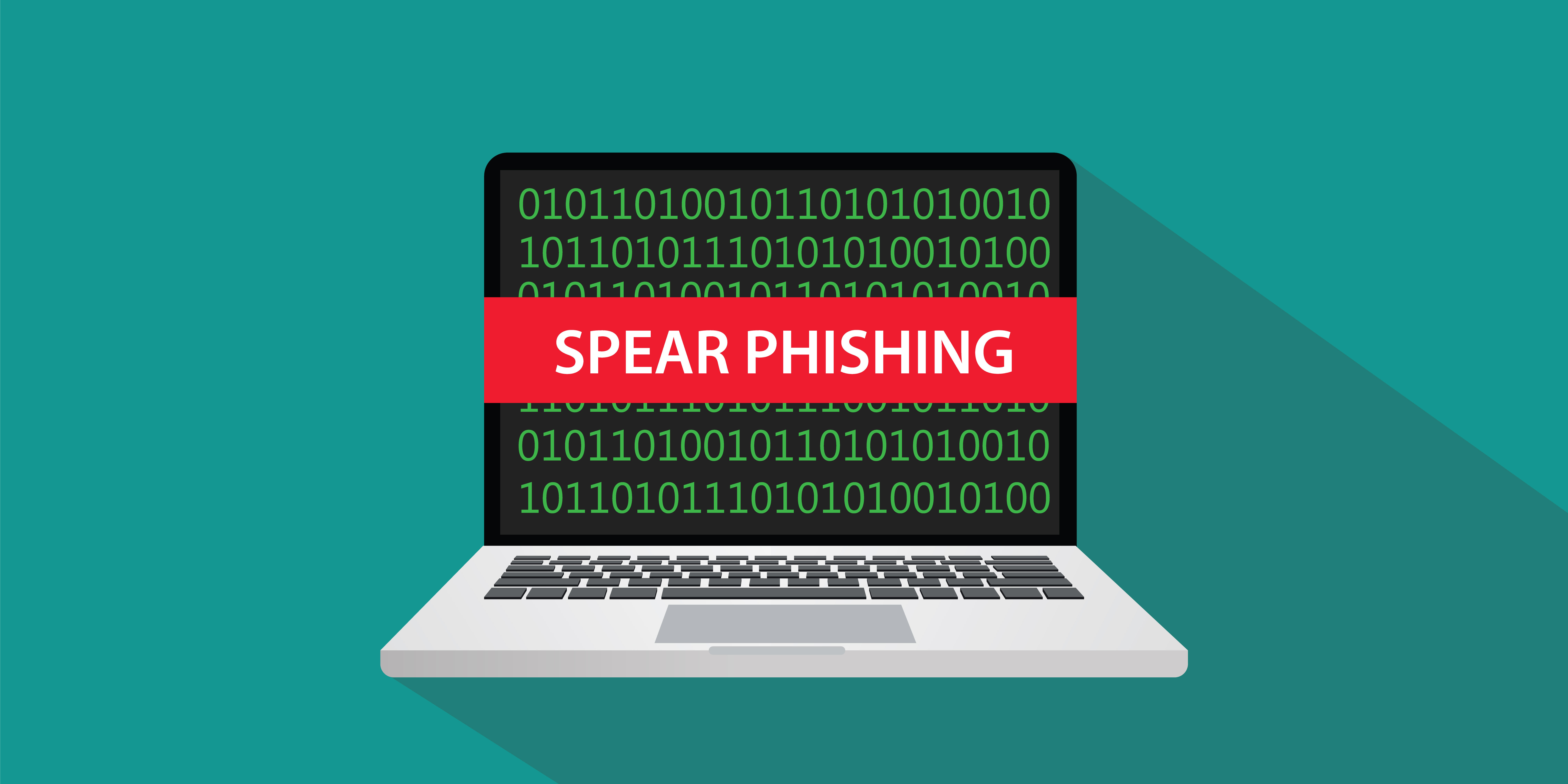A spear-phishing e mail posing as a memo from the president of an Azerbaijan firm hid malware behind pictures to infiltrate companies related to the agency.
In accordance with research from Fortinetthe emails cited the battle between Azerbaijan and Armenia and contained a zipper file. The photographs in that file contained each real and malicious content material.
The victims had been administration groups of companies related to the Azerbaijanian firm, in keeping with Fortinet. Fortinet senior safety engineer Fred Gutierrez, who declined to call the spoofed agency, says different companies hit with the marketing campaign included subsidiaries of the corporate in addition to its enterprise companions.
The e-mail claims to comprise details about a border conflict between troopers from Azerbaijan and Armenia, and included an obfuscated link via HTML smugglingwhich shows 4 pictures, one in all which is definitely a LNK file that downloads the malware.
“Opening the email is enough to begin the infection chain,” Gutierrez says. “It will automatically download a zip file — that contained the images — to the user’s computer. HTML smuggling requires the user to perform an action to actually become fully infected. In this case, the user would have to manually type in the password to open the zip file and then launch the corresponding file inside.”
The password is included within the textual content of the e-mail, he provides.
HTML smuggling happens when JavaScript routinely downloads a zipper file to the sufferer’s pc as soon as the e-mail is opened; at that time, the consumer is notified that the zip file has been downloaded. There is not any possibility to say no or settle for the obtain.
As soon as the consumer opens the downloaded zip file and enters a password that opens the faux picture, the installer is downloaded.
What Is Distinctive Concerning the Malware?
This malware is programmed within the more and more widespread Rust language.
The malware creates a short lived file named “24rp.xml” that units a scheduled job to steal the data exterior of normal workplace hours. Researchers declare the malware can sleep for random quantities of time when performing its duties. This method assumes that the supposed targets depart their computer systems on in a single day so the malware can execute exterior common workplace hours, when it’s much less prone to be observed.
What Does It Steal?
The malware culls fundamental pc data and sends it to a command-and-control (C2) server. Gutierrez says the malware solely appears to be like for fundamental data, together with the privileges and permissions of the victims, system configuration, functions operating, community configuration, and a listing of consumer accounts.
“The nature of the information suggests this is either a red-teaming exercise or, more likely, the next step in the reconnaissance phase of a targeted attack,” he says.
To defend in opposition to such a assault, Fortinet recommends studying the indicators of phishing, whether or not it comes within the type of an e mail or a webpage similar to in a watering hole attack. Gutierrez additionally recommends customers keep away from opening unknown recordsdata, utilizing anti-malware applications and providers, in addition to reporting any unusual recordsdata to their IT or community safety departments.
For the obfuscated hyperlink, the mitigation will not be so easy. In accordance with an advice page from MITREsuch a assault method can’t be simply mitigated with preventive controls as a result of it’s based mostly on the abuse of system options.
Author: Dan Raywood, Senior Editor, Darkish Studying
Date: 2023-09-29 09:55:00



